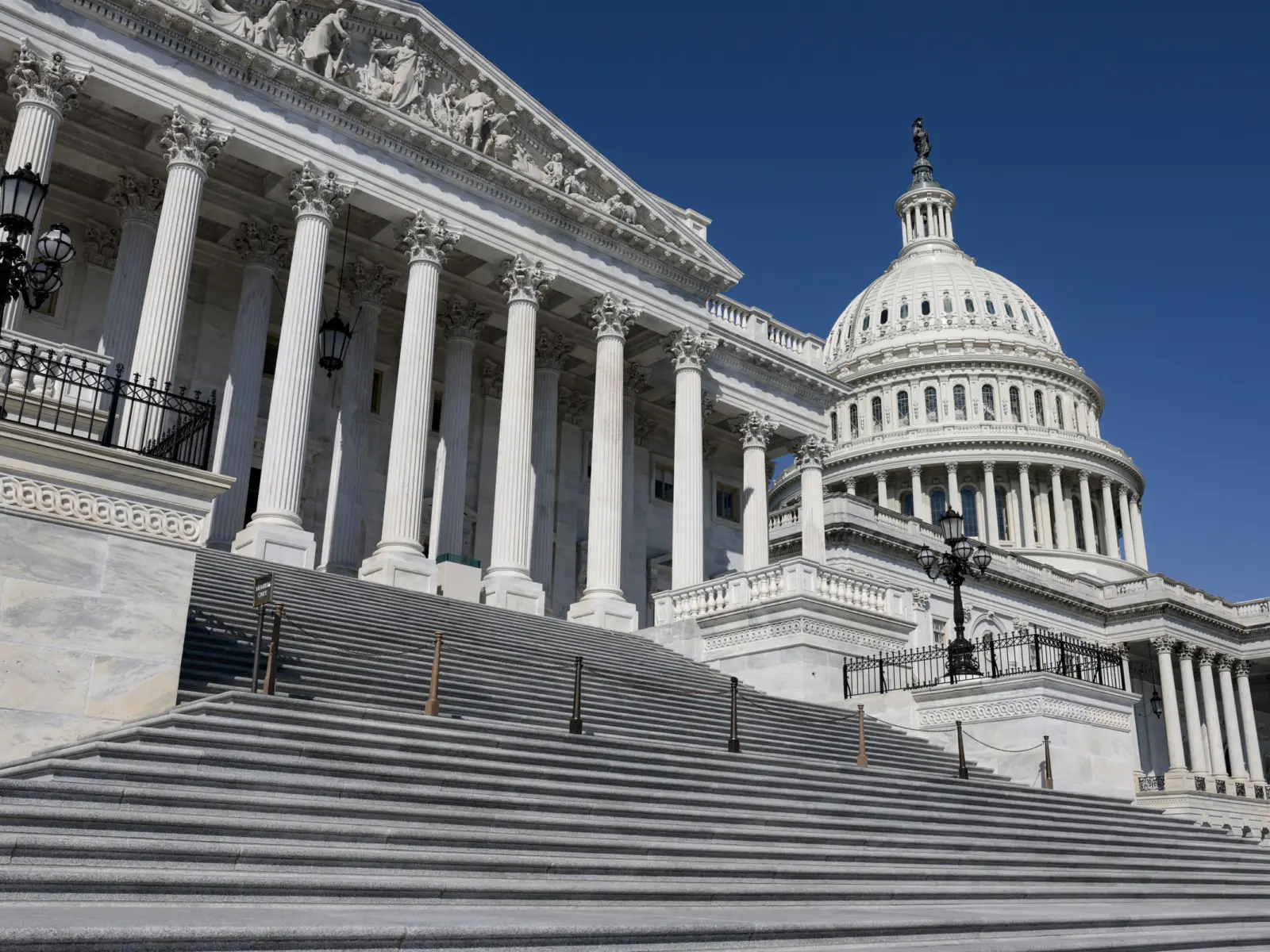Congress could lower premiums and cost sharing for seniors by $80 billion over 10 years by paying the same price for common health care services in Medicare regardless of where those services are performed. This is one of the findings in a new research brief by the Actuarial Research Corporation.
Right now, Medicare beneficiaries and taxpayers are on the hook for paying up to four times more for something as routine as an X‑ray simply because of where they receive care. Many medical services can be safely and effectively administered within a doctor’s office, but for years hospitals have been buying up physician practices, converting those practices to hospital outpatient departments, and charging patients more for the same services even when they’re still provided by the same doctor. Beneficiaries who use more services in a given year are hit especially hard by the higher out-of-pocket spending.
Hospital-owned facilities can also charge a “facility fee” for commercially insured patients, driving up costs. And the larger hospital systems become as they buy up physician practices, the greater market power they have to stifle competition and raise prices in the commercial insurance market, increasing premiums for families and businesses.
The Actuarial Research Corporation brief finds the following:
- Medicare beneficiaries would save an average of $114 per-year, per-person in reduced premiums and cost sharing.
- High-utilizing beneficiaries would save more. For example, those receiving chemotherapy would save an average of $475 a year.
- Comprehensive site neutrality would reduce federal spending by $148 billion over 10 years.
- Federal tax revenue would increase by $30 billion from the spillover effects of lower employer-sponsored insurance costs.
- A narrower policy focused solely on hospital-owned, off-campus outpatient clinics would reduce federal spending by $28 billion.
Hospitals claim that site-neutral payment reform will hurt vulnerable urban and rural hospitals. However, comprehensive site-neutral reforms are an important first step in lowering health care costs for patients in those areas and protecting them from the harmful effects of hospital consolidation — without disrupting the ability of vulnerable hospitals to provide critical care.
Furthermore, Congress could reinvest some of the savings from a comprehensive site-neutral policy to shore up rural and safety-net hospitals, as contemplated in the framework released by Senators Bill Cassidy, M.D. (R‑LA) and Maggie Hassan (D‑NH) last fall. The new brief analyzes different reinvestment mechanisms and their financial impact.
As Congress considers ways to achieve budgetary savings, this commonsense policy of paying the same price for the same service — which also lowers costs for Medicare beneficiaries —should be at the top of its list.

















